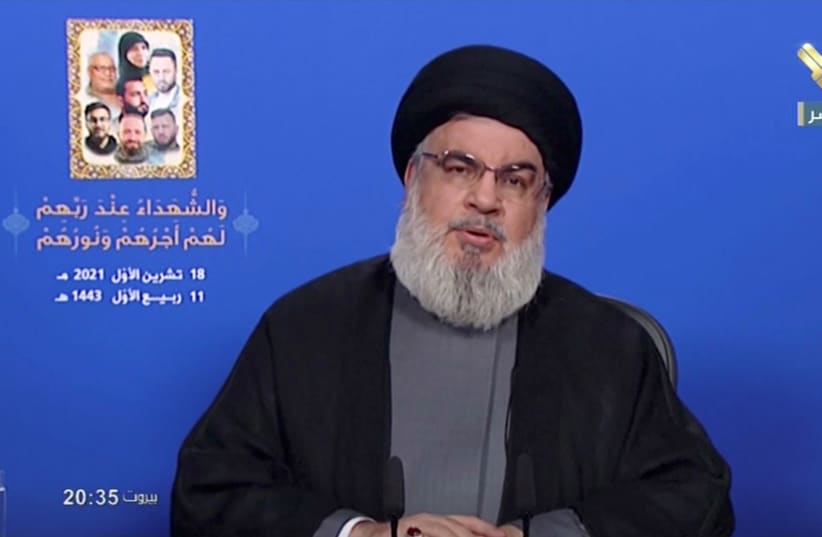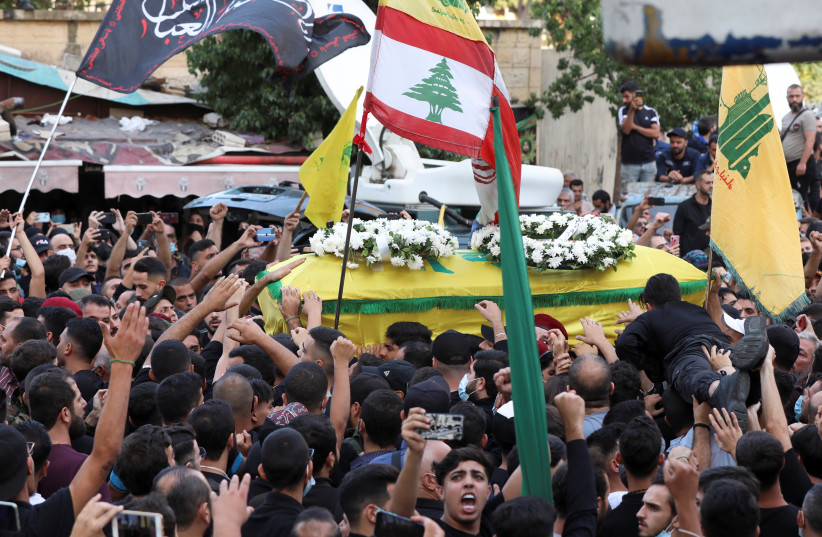Hezbollah has sought to capitalize on the killing of several people in Beirut last Thursday to try to mobilize anger against Samir Geagea, a Lebanese Christian leader. This leads to questions about what the Islamic group’s real plan is.
Within a day of the attack, pro-Hezbollah social media was already labeling Geagea responsible, with various graphics comparing him to fascists and reminding Lebanese citizens of the civil war that pitted Christian fighters like Geagea against Muslims.
Why did Hezbollah latch onto this narrative so quickly? It appears it wants to exploit the chaotic scenes from last week and claim it knows who was shooting at the protests.
However, the actual events are more unclear. A video emerged showing Lebanese soldiers shooting at least one civilian. Hezbollah members arrived quickly with arms to begin shooting at random buildings during the protest in Beirut. The protest was a Hezbollah provocation designed to remove a judge who was investigating an explosion last year in the Lebanese capital.
This means some supporters of Hezbollah may have been looking for an excuse to try to sideline or target Geagea. Why him? Because targeting a Christian leader who opposes Hezbollah is one way to divide the opposition in Lebanon.
While some Christians have sided with Hezbollah, such as Michel Aoun, others back the Lebanese Forces, the group led by Geagea. Many Sunni Muslims also back Saad Hariri and others who oppose Hezbollah. This has created a political deadlock for years.
Hezbollah wants to remind Lebanon that it is the group with the most weapons and armed members. That is why it has bragged about having some 100,000 fighters. It also wants to use this incident to create a new narrative about having “martyrs” to pretend it is the victim.
This is the classic victim-perpetrator model, where the more one is a perpetrator, the more one claims to be a victim and is being “forced” to perpetrate crimes. Hezbollah has entered this cycle because of its strength in Lebanon today.
The question for Hezbollah is whether it will continue down a road of sectarian division and try to create a kind of cause that could unite its followers against Geagea and lead to violence, or whether it will tone down the rhetoric and stop the incitement.

